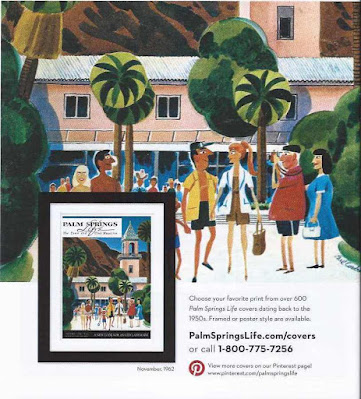Magazines are just one of the many casualties of the digital era. Movies, music, and record-keeping are also just some of the hundreds, if not thousands, of past processes that have been permanently altered, adjusted, changed and eliminated because of the influx of bytes and bits.
That’s a shame because magazines provide a colorful, timely, and historical perspective of a time in our lives or the past lives of others. It’s a collection of community, social, cultural and sexual mores that form the context within which people lived out their lives. It can be the perfect time capsule for a community researcher as well.
Colliers was one of the first general publications, mass market magazines to record the lives of upper crust Americans around the turn of the century. It wasn’t for your average American but it did a great job of chronicling the lives of the wealthy and famous.
Weekly and monthly magazines like Life, Look, Saturday Evening Post, and McCall’s all tabulated and chronicled life in America and the world after World War Two. They were at their peak when they documented the surging economy and changing social mores of the early fifties.
As a teenager, I loved to amble into our corner drug store and work my way to the back of the store where I would read Life magazine for its take on World War Two, the Fifties, and life styles way out of my reach. Over the years, I’ve collected the occasional magazine about desert life but it wasn’t until I started going to Palm Springs on a regular visit that I started to collect old ‘Palm Springs Life’ magazines. It turns out that PSL is a perfect example of a printed time capsule for that desert community.
Cities come and go in phases. Many factors contribute to the sometimes slight, sometimes seismic shifts in demographics, economics, and social upheavals. It’s all part of the on-going collective changes any enclave of people gathered together go through.
For decades, Palm Springs Life magazine has been a chronicler of these changes in the city and throughout the Coachella Valley. Since its inception as the ‘Villager Magazine’ beginning back in the late forties, PSL has reflected the current economic and social climate of the city and its inhabitants.
Back in the late forties and early fifties, ’The Villager’ covered social events centered on the small enclave of moneyed, talented or well-connected visitors or snow birds from the coast and out East. Many of these gala events had a ‘western’ theme. Old money from the East had discovered the benefits of the dry desert air, the shelter from inquisitive East Coast tabloids, relatively cheap real estate and the company of like-minded business, entertainment and industrial citizens of the world.
By the late 70s and throughout the 80s, the magazine had morphed from ‘the Villager’ to ‘Palm Springs Life.’ With its new moniker and colored printing press, the magazine reflected on the golden period of the late forties and fifties when Hollywood discovered Palm Springs big time.
In 2008, just before the economic collapse, the magazine was a thick, brash, bold siren call of hedonistic pleasures of the desert town.
There was a gossip column on the latest desert scandals, photo shoots of the latest desert fashions, ads about new real estate developments (many of which never got developed) and the ever present reflection back on the ‘golden years’ of the Rat Pack, Chi Chi restaurant and other landmarks of the community.
A renewed interest in mid-century modernism design spurred the magazine in a whole new direction of modern architecture. PSL became a big promoter of ‘Modernism Week’ and its plethora of neighborhood home tours, lectures, art and artifact sales and other aspects of modernism design, function and history.
Today’s magazine has been scaled back to reflect a tightening of the economy in the age of COVID-19. Real estate seems to have survived and in fact, thrived in the age of the pandemic, but seasonal home rentals and restaurant sales are way down. Despite these changes in the local economy, seasonal migration of snowbirds and Canadians and temporary altered lifestyle, the magazine still manages to capture the true beauty of the desert.
Like
any big city magazine, Palm Springs Life reflects life in the desert in its
present shape and form. Future changes will probably work their way into the
magazine as they have in the past, a still relevant reminder of a unique and
ever-curious lifestyle for us desert dwellers.






















No comments:
Post a Comment